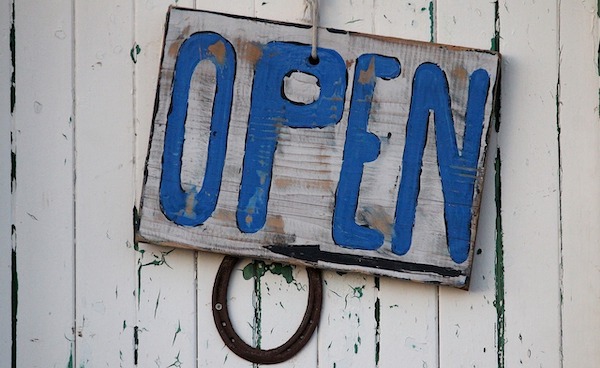State aims to fully reopen economy on June 15

Everyday activities will be allowed and businesses can open with “common-sense risk reduction measures,” including encouraging all Californians to get vaccinated and mandating masking, according to the state.
State will continue to require masking and encourage Californians to get vaccinated
–As California surpasses a major milestone in the fight against COVID — administering more than 20 million vaccine doses, including 4 million in the state’s hardest-hit communities, and with hospitalizations continuing to steadily decline — Governor Gavin Newsom on Tuesday outlined the state’s next step in the COVID-19 pandemic recovery, moving beyond the Blueprint for a Safer Economy.
On June 15, California will fully open its economy if two criteria are met:
- If vaccine supply is sufficient for Californians 16 years and older who wish to be inoculated; and
- If hospitalization rates are stable and low
Everyday activities will be allowed and businesses can open with “common-sense risk reduction measures,” including encouraging all Californians to get vaccinated and mandating masking, according to the state. The state will continue contact tracing and testing to detect cases early and contain the spread of the virus. The entire state will move into this new phase as a whole. The state will monitor hospitalization rates, vaccine access, and vaccine efficacy against variants, with the option to revisit the June 15 date if needed.
“With more than 20 million vaccines administered across the state, it is time to turn the page on our tier system and begin looking to fully reopen California’s economy,” said Governor Newsom. “We can now begin planning for our lives post-pandemic. We will need to remain vigilant, and continue the practices that got us here – wearing masks and getting vaccinated – but the light at the end of this tunnel has never been brighter.”
“California has made incredible progress controlling the spread of COVID-19 by staying home, masking, and getting vaccines out quickly to Californians in every corner of the state, including in those communities hardest hit by this pandemic,” said California Health and Human Services Secretary Dr. Mark Ghaly. “In order to take the next step, we must continue to do our part to keep this momentum moving in the right direction, and that means continuing to wear a mask and ensuring everyone who is eligible gets the vaccine.”
When California fully reopens the economy, the Blueprint for a Safer Economy will end. However, health measures such as masking will remain across the state. Testing or vaccination verification requirements will remain in relevant settings.
For more information on the state’s move beyond the blueprint, click here.
All sectors listed in the current Blueprint for a Safer Economy grid may return to usual operations in compliance with Cal/OSHA requirements and with common-sense public health policies in place, such as required masking, testing, and with vaccinations encouraged. Large-scale indoor events, such as conventions, will be allowed to occur with testing or vaccination verification requirements.
California is able to reopen fully and safely because of our commitment to the equitable distribution of vaccines, the state says. Today, the state reached a total of four million doses of COVID-19 vaccine administered to Californians in some of the state’s hardest-hit communities, less than a month after delivering two million doses to these communities. The state, in partnership with local government, health care providers, and community-based organizations, will continue its extensive efforts to get eligible Californians vaccinated, including its support of expanded hours and access through community clinics and providers, public education campaign, and support for community-based strategies such as canvassing. Equity continues to be the focus of our vaccine efforts, especially as we prepare to fully reopen.
On March 4, Governor Gavin Newsom announced that the state had set aside 40-percent of vaccine doses for the hardest-hit communities and established an equity metric to increase vaccinations in those communities. Doing so recognizes that the pandemic did not affect California communities equally. Forty percent of COVID cases and deaths have occurred in the lowest quartile of the Healthy Places Index (HPI), which provides overall scores and data that predict life expectancy and compares community conditions that shape health across the state.
California continues to plan for the vaccination of Californians under 16 years of age, protection against new variants, and continued tracking and containment of spread. The state says it stands ready to mobilize additional resources if there is an increase in cases.











